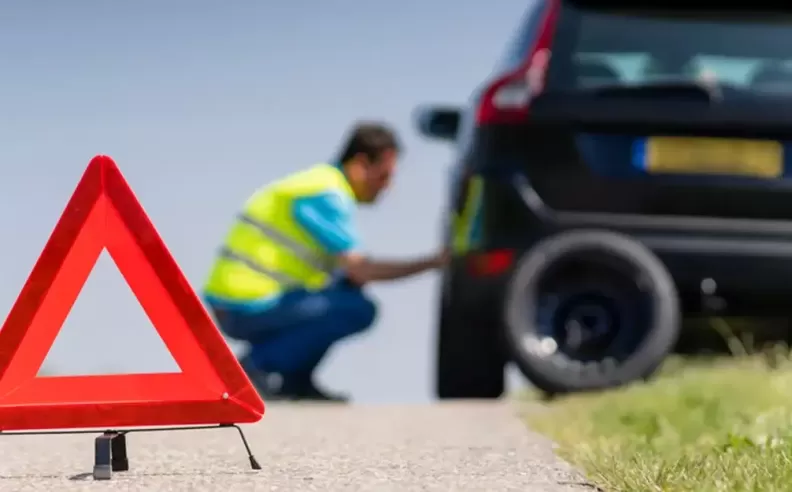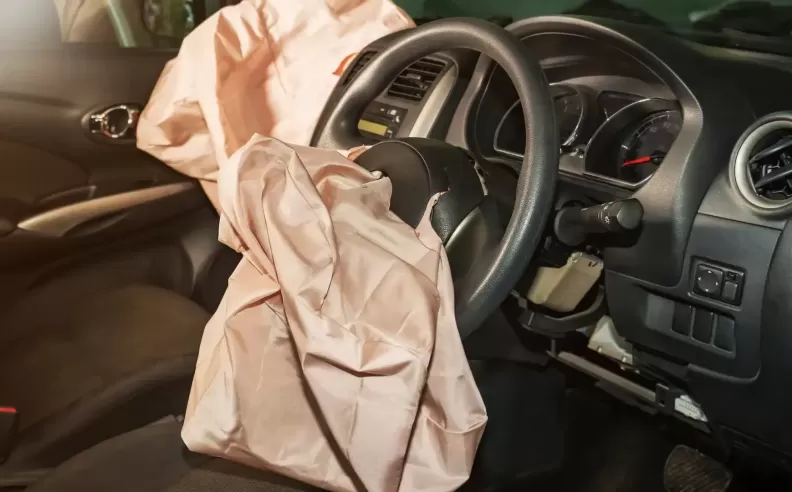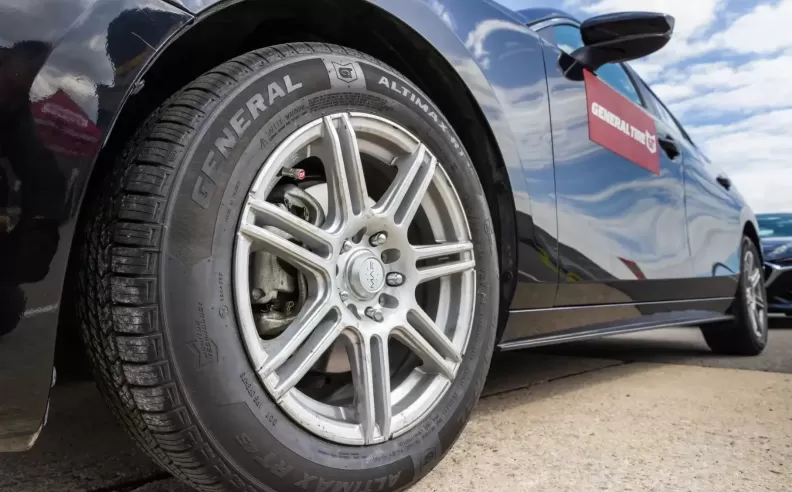
Tyres play a crucial role in the safety and performance of a vehicle. That's why it's important not only to get the tyre right, but also to get it right, which is often not the case. To get the most out of your car's ‘shoes’, Bridgestone, a global leader in premium tyres and sustainable mobility solutions, reminds you of the most common tyre care mistakes and how to avoid them.
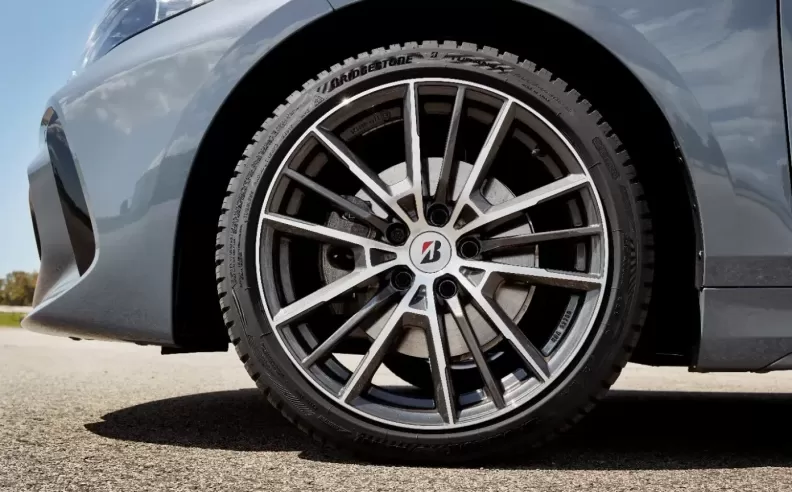
Incorrect tyre pressure
Whether through carelessness or lack of knowledge, many drivers do not regularly check their tyre pressure. This is not at all advisable: driving with a tyre pressure below that recommended by the vehicle manufacturer can lead to premature tyre degradation (especially on the sidewalls), carcass fatigue, a high risk of a blowout, and increased fuel consumption. Nor should you drive with high tyre pressure, above the recommended load: the rubber contacts the road less and loses grip, premature degradation occurs in the central part of the tread, and the vehicle's dynamic behaviour is worse.
To avoid all these problems, it is best to check the tyre pressure (when cold) once a month or before a long journey. The manufacturer's recommended tyre pressure is given in the vehicle handbook.
Do not rotate tyres to extend tyre life
Front and rear tyres are subjected to different work and loads, so wear is very uneven. Rotation is essential to achieve more even wear and thus increase the service life of all tyres. Even and regular tyre wear on both axles of the vehicle contributes to increased safety on the road, the axles react
in a balanced way, and the driver has better control of their vehicle. It is advisable to rotate them between axles every 10,000 kilometres (or as stipulated by the manufacturer).
Excessive or uneven wear
Regardless of a tyre's service life, its tread depth should be checked from time to time. According to the law, it must have a minimum tread depth of 1.6 mm, a legal limit that is referenced by the wear indicators, marked by an indicator in the shoulder area of the tyre. One trick to check for wear is to insert a euro into the tyre tread: if you can see the gold edge, it is time to change it.
Equally important is to check that the wear is even. Front axle tyres, because of the configuration of the vehicle, usually show uneven wear between the outer and inner shoulders. A tyre that is in good condition on the outside may be ‘eaten’ on the inside.
Other irregular tyre wear, resulting in a less than optimal contact patch, can be caused by incorrect balancing and/or alignment, or poorly maintained shock absorbers. In this case, the tyres are the messengers of the problem, telling us what the cause may be and what needs to be rectified.
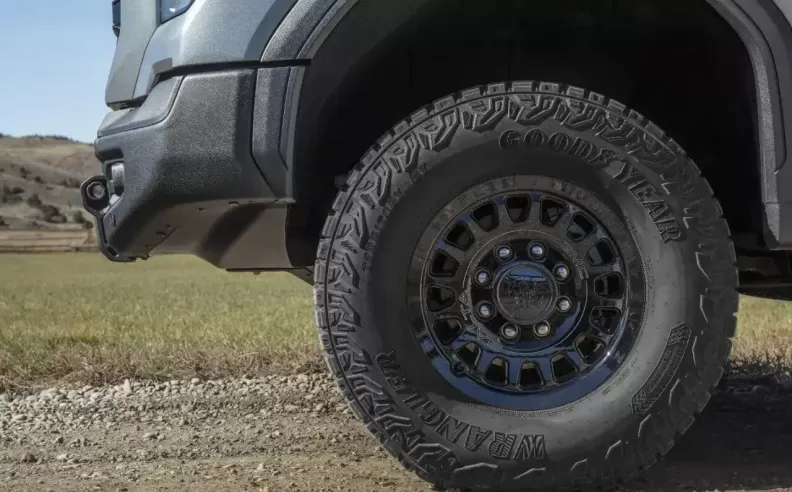
Faulty alignment, axle parallelism, and balancing
Correct vehicle alignment, maintaining axle parallelism, and wheel balancing (adjusting the wheel-tyre assembly using counterweights to avoid imbalances) are essential to avoid irregular wear, vibrations, and even steering wheel trajectory problems (safety), apart from the risk of mechanical breakdowns. According to First Stop, a tyre distribution company, alignment should be
carried out when tyres are changed or rotated between axles, once a year, or when between 15,000 and 20,000 kilometres have been driven.
Deformed or damaged tyres
It is also crucial to check the condition of tyres and rims from time to time, as they may be deformed, damaged, cut or torn (as a result of impact with kerbs, potholes, etc.), which can compromise their safety. If they are damaged in any way, a professional should be consulted for possible replacement. If it is necessary to do so, remember that it is not advisable to install tyres with different characteristics or levels of wear on the same axle.
Aging tyres
Although tyres do not have an expiry date as such, depending on many factors, including maintenance, exposure to oxidising agents, conditions of use, etc., they can lose some of their performance over time. So, even if they still have tread, it is advisable to check the appearance of the tyres at least once a month. From the 5th year onwards, we recommend an annual check by a specialist, and in any case, replace them when they are more than 10 years old. Cracked, aged, cut rubber, etc., on a tyre can affect road safety.
To find out the date of manufacture of a tyre, simply look for the DOT code on the sidewall marking. The last 4 digits of the DOT code, for example 1024, tell you the week and year of manufacture.
Spare tyre
One last piece of advice: remember the great forgotten item, the spare tyre, or failing that, the puncture kit. Regularly check that it is in perfect condition and at the right pressure.
"From Bridgestone, taking into account these recommendations, we want to highlight the importance of preventive maintenance of all the elements of our vehicle, especially the tyres. These, together with the braking system (ABS), stability control (ESP or ESC), traction control system, and power steering, form part of the key elements of the vehicle's active safety. Therefore, we recommend always being alert and driving responsibly", concludes Adrià Martínez, Technical Department Engineer at Bridgestone.

Motor 283 is the biggest automotive website created by a team of automotive enthusiats and this author page is used to show the readers the press releases and news posted on Motor 283 website.
